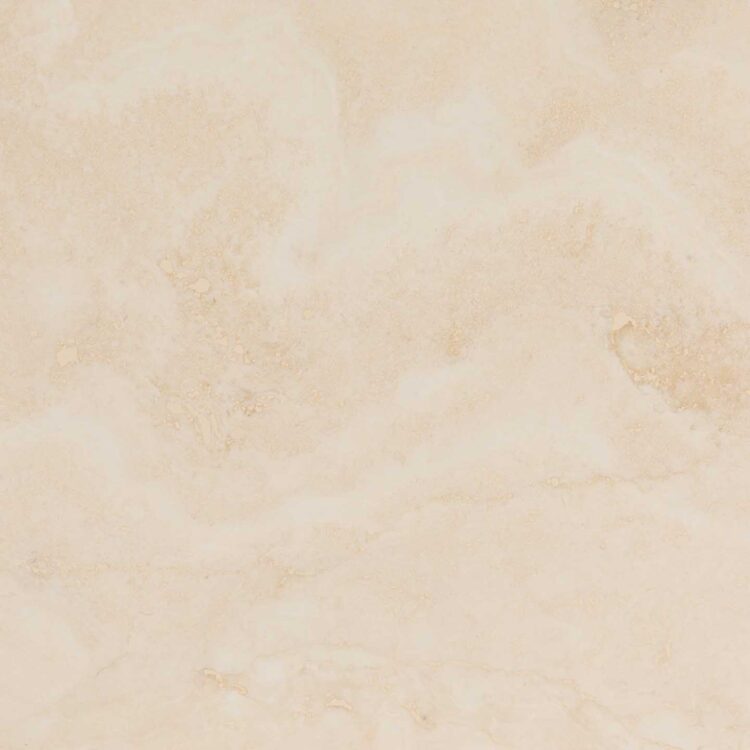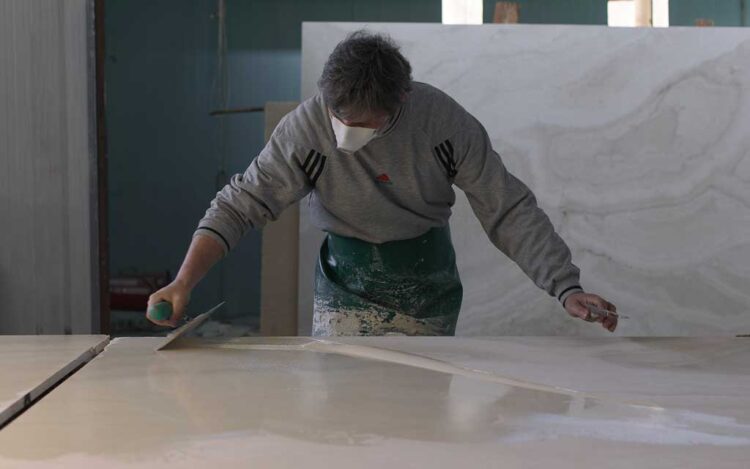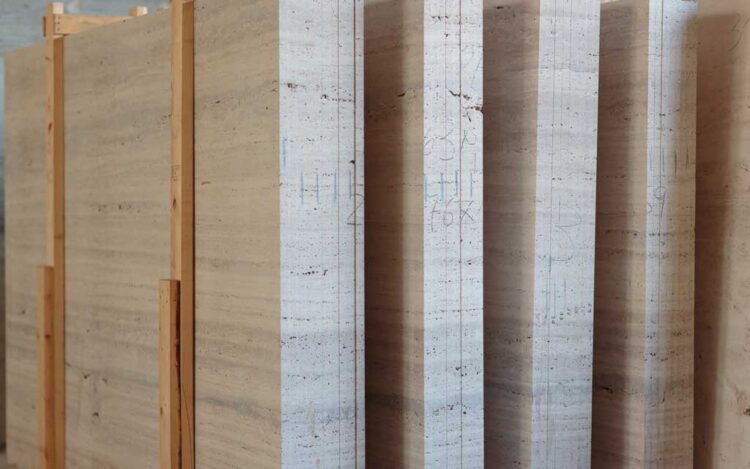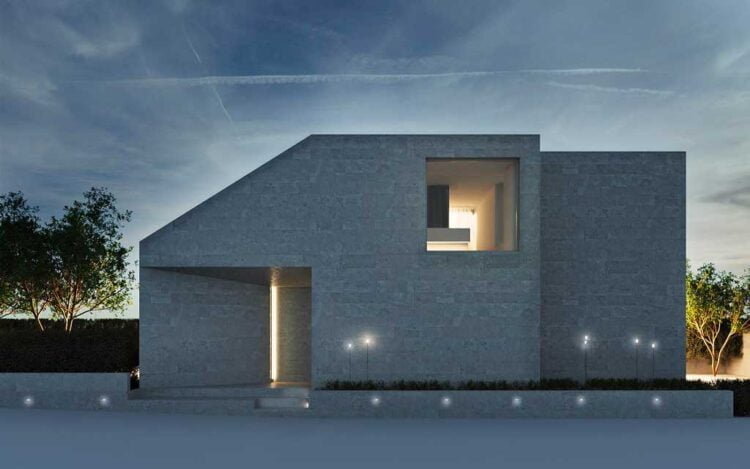Alabastrino D Cross Cut Roman Travertine
Material: Roman Travertine
Origin: Tivoli, Italy
Availability: Blocks, Slabs, Cut to size
Suggested finishes:
saw cut, honed and stone color filled, honed and unfilled, brushed and unfilled, brushed and stone color filled, honed and transparent resin filled, polished and transparent resin filled
Suggested processing:
stone profiles, mosaics and patterns
General description
Travertine Alabastrino D cross cut is the visual representation of harmony. Its movement arouses the senses while relaxing the spirit with its light to white tonalities. The bright tones of this natural stone evoke purity, sophistication, and gentleness. Only natural stone connoisseurs appreciate this pale gift from nature.
The technique used for this particular cut is called cross cut. There’s a growing interest for this cut as it allows a more uniform pattern to emerge, once that the blocks are cut following a direction perpendicular to the natural veining. The end result is fascinating. The undulation of its surface makes this piece well suited for mixing and matching with other natural stones. A wall dressed up in Alabastrino will immediately show the fine taste of its owner and evoke a sense of stability.
Alabastrino is a kind of roman travertine that is quarried only in Tivoli, near Rome. Roman travertine itself is an ancient stone firstly used as construction material by Romans, who built their iconic monuments with it. Romans praised mainly the resistance and durability of travertine, but were also fascinated by the sheer elegance that the light tones of the stone ensured. And a clear example is the Colosseum.
During the Renaissance architects and sculptors elected roman travertine as their prime material, as shown by the Moor fountain in Navona square or Saint Peter’s square colonnades . Travertine’s purity and versatility befit the power statement these architectural works mean. Today our skilled stonemasons, with the help of advanced machinery, transform blocks and slabs into polished final products according to your desires and needs.
Travertine Alabastrino D is a well sought-after natural stone, as it perfectly dresses façades and walls, while combining its natural elegance with compactness and a non-slip feature, for classy and safe paving. Building façades stand out against the surrounding environment, be it natural or urban. In interior design projects it accentuates the sheer elegance of the house, its light shades of cream express gentleness and brilliance. Moreover, for a neat and glowing interior setting, countertops in alabastrino are a high-end option.
Technical Specifications Roman Travertine Alabastrino
1) Flexural strength (UNI EN 12372)
1a) Load perpendicular to asiontropic planes
| Mean Fleaxural Strength | Standard deviation |
| 9,0MPa | 2,0Mpa |
1b) Load perpendicular to corners of asiontropic planes
| Mean Fleaxural Strength | Standard deviation |
| 12,1MPa | 0,9Mpa |
2) Freeze-thaw resistance (UNI EN 12371)
2a) Load perpendicular to asiontropic planes
| Mean Fleaxural Strength | Standard deviation |
| 4,5MPa | 0,6Mpa |
2b) Load perpendicular to corners of asiontropic planes
| Mean Fleaxural Strength | Standard deviation |
| 7,2MPa | 0,5Mpa |
3) Slip Resistance (UNI EN 1341)
| Mean Slip Resistance, Single Sample |
| 65 |
4) Abrasion Resistance (UNI EN 1341)
| Mean Abrasion Resistance |
| 27,2 |





